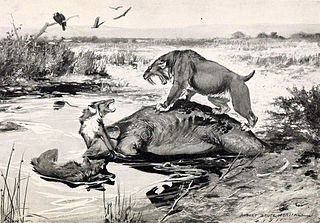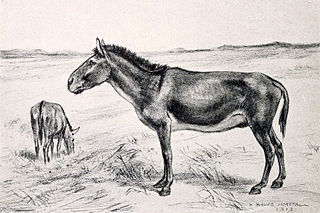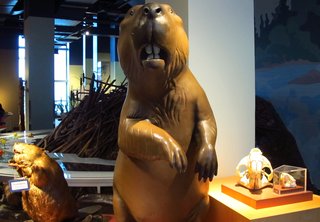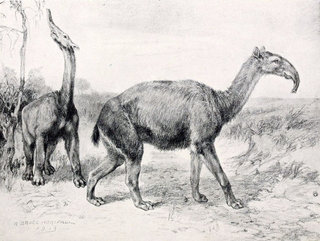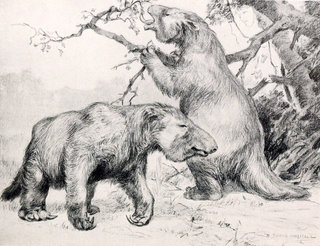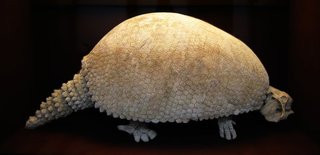We all go through a dinosaur phase at some point. Ask any child on the street to name a dinosaur, and they’ll most likely be able to rattle off a laundry list of Latin-labeled lizards. Giant reptiles are certainly worthy of our retrospective reverence, but in our haste to move our childhood obsession to Pokémon or Gameboys or whatever kids are on about these days, many of us may have missed out on a whole other world of super-sized animals: Megafauna.
When the last of the non-avian (non-birdlike) dinosaurs died out 65 million years ago, their absence left an evolutionary opening for a completely different sect of animals to grow into their space—mammals. Really big mammals. Giant mammals, or megafauna, were a wildly diverse group densely populating almost every continent on the planet.
You may already be familiar with megafauna like the Saber-Toothed Cat and the Woolly Mammoth, so let’s take a look at a few you might not know as well (and then we’ll talk about how most of them didn’t make it):
